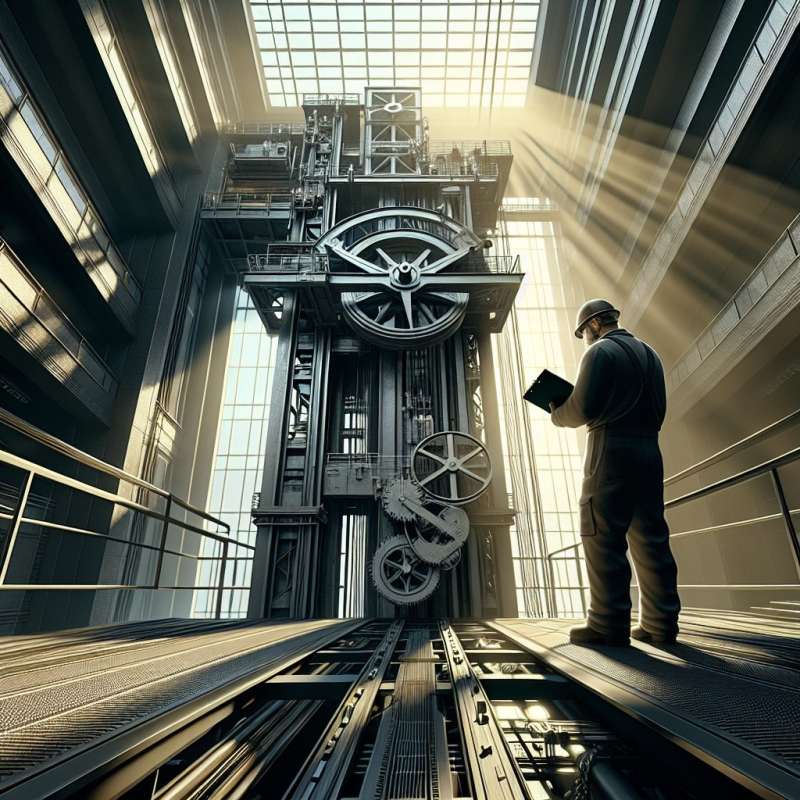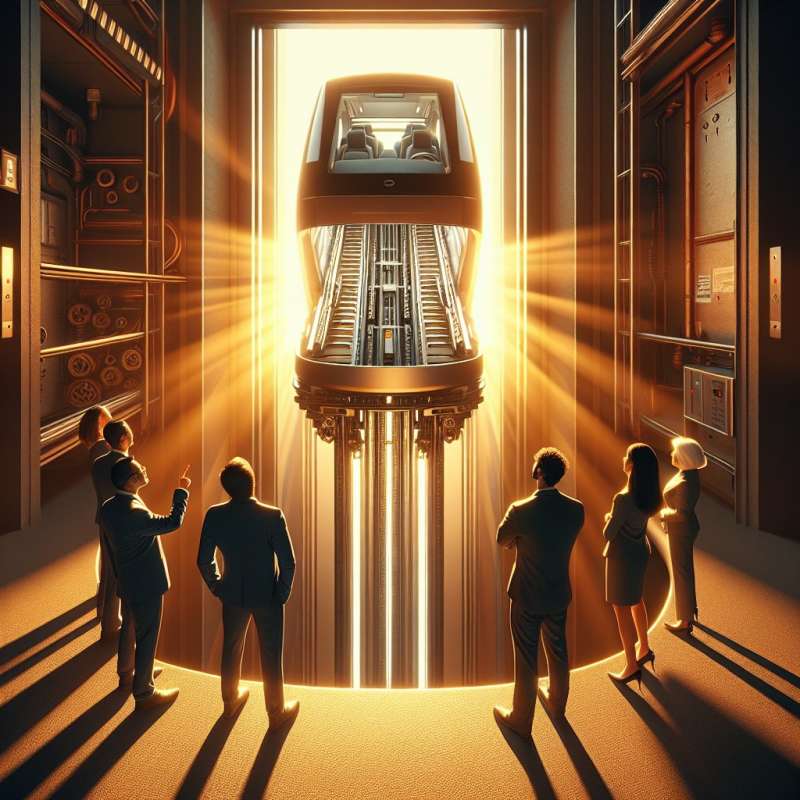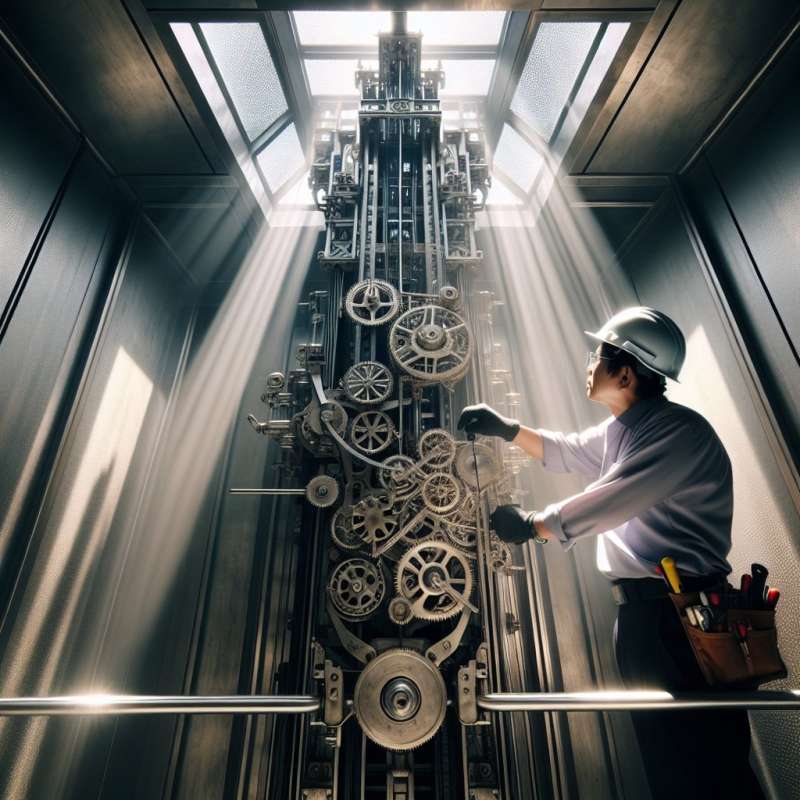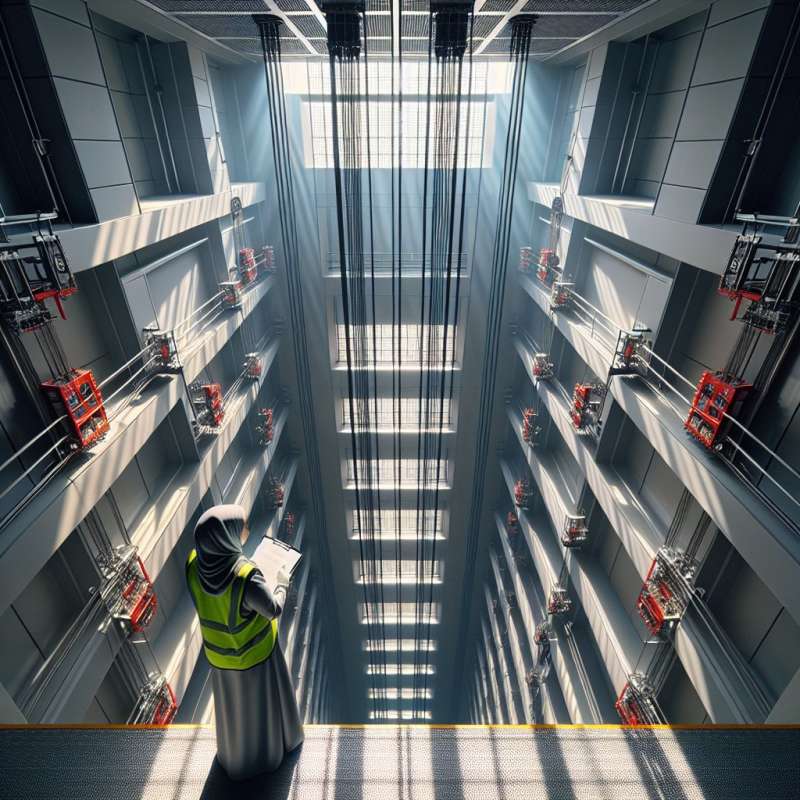
Elevator Fall Myths
Despite popular belief, modern elevators are equipped with multiple safety mechanisms that make a free-falling cabin virtually impossible. The design has evolved significantly since the 19th century.
Elisha Otis's Invention
In 1852, Elisha Graves Otis invented the safety brake for elevators, dramatically reducing the risk of free falls. His demonstration at the 1854 New York World's Fair gained widespread attention.
Counterweight Systems
Elevators have counterweights that balance the car's weight. They ensure less strain on the cables and provide a counterforce in case of a malfunction, contributing to overall safety.
Multiple Cable Design
Each elevator has several cables, each capable of holding the full weight of the cabin. Even if one cable were to fail, the remaining cables would prevent a fall.
Automatic Braking Technology
Modern elevators are equipped with automatic brakes that engage if the car descends too quickly. These brakes are independent of the main power supply, ensuring activation even during a power outage.
Governor Device Role
A governor device can detect if the elevator moves too fast. If excessive speed is sensed, it triggers mechanisms that clamp the elevator to the guide rails, stopping it safely.
Rarest Elevator Accidents
Elevator falls are extremely rare. Statistics show that elevators are among the safest modes of transportation, thanks to rigorous safety standards and regular maintenance requirements.
Are modern elevators fall-proof?
Yes, due to multiple safety features.
No, free falls happen frequently.
Only with regular maintenance.
Company